U.S. Energy Department reportedly backs COVID-19 Chinese lab leak theory with 'low confidence'

The U.S. Energy Department has concluded, with "low confidence" but based on new intelligence, that the coronavirus that causes COVID-19 likely emerged from a virus lab in Wuhan, China, in an accidental leak, The Wall Street Journal and other news organizations reported Sunday, citing a classified intelligence update recently provided to the White House and Congress.
The Energy Department, which runs a network of national labs, was previously undecided between the lab leak theory of the pandemic's origins and the hypothesis that the virus spread to humans naturally from an animal. The new assessment puts the Energy Department in the minority. Of the eight agencies investigating the pandemic's origins, four say (with "low confidence") that the natural transmission theory is most likely, as does the National Intelligence Council. The CIA and another agency are undecided, and the FBI leans (with "moderate confidence") toward the lab leak theory.
It isn't clear what information Energy Department scientists obtained to nudge the department out of the undecided camp. "Some officials briefed on the intelligence said that it was relatively weak," The New York Times reports. "While the department shared the information with other agencies, none of them changed their conclusions." There is agreement in the U.S. intelligence community that China did not create the coronavirus in a lab as a biological weapon.
The Week
Escape your echo chamber. Get the facts behind the news, plus analysis from multiple perspectives.

Sign up for The Week's Free Newsletters
From our morning news briefing to a weekly Good News Newsletter, get the best of The Week delivered directly to your inbox.
From our morning news briefing to a weekly Good News Newsletter, get the best of The Week delivered directly to your inbox.
National Security Adviser Jake Sullivan declined to address the new intelligence directly on CNN Sunday, but he did confirm that the intelligence community has "a variety of views" on the pandemic's origins and noted that President Biden "specifically requested that the national labs, which are part of the Energy Department, be brought into this assessment because he wants to put every tool at use to be able to figure out what happened here."

Both the lab leak theory and natural transmission are considered plausible explanations for how the coronavirus infected humans, upending societies and leading to nearly seven million deaths worldwide, including more than a million in the U.S. Scientists, intelligence officials, and lawmakers say figuring out how the virus emerged would help the world prepare for, and hopefully prevent, a next pandemic. Some also argue that China needs to be held accountable for, if nothing more, keeping the initial outbreak secret from the world until it was too late to contain it and stonewalling international efforts to study the pandemic's origins.
A free daily email with the biggest news stories of the day – and the best features from TheWeek.com
Peter has worked as a news and culture writer and editor at The Week since the site's launch in 2008. He covers politics, world affairs, religion and cultural currents. His journalism career began as a copy editor at a financial newswire and has included editorial positions at The New York Times Magazine, Facts on File, and Oregon State University.
-
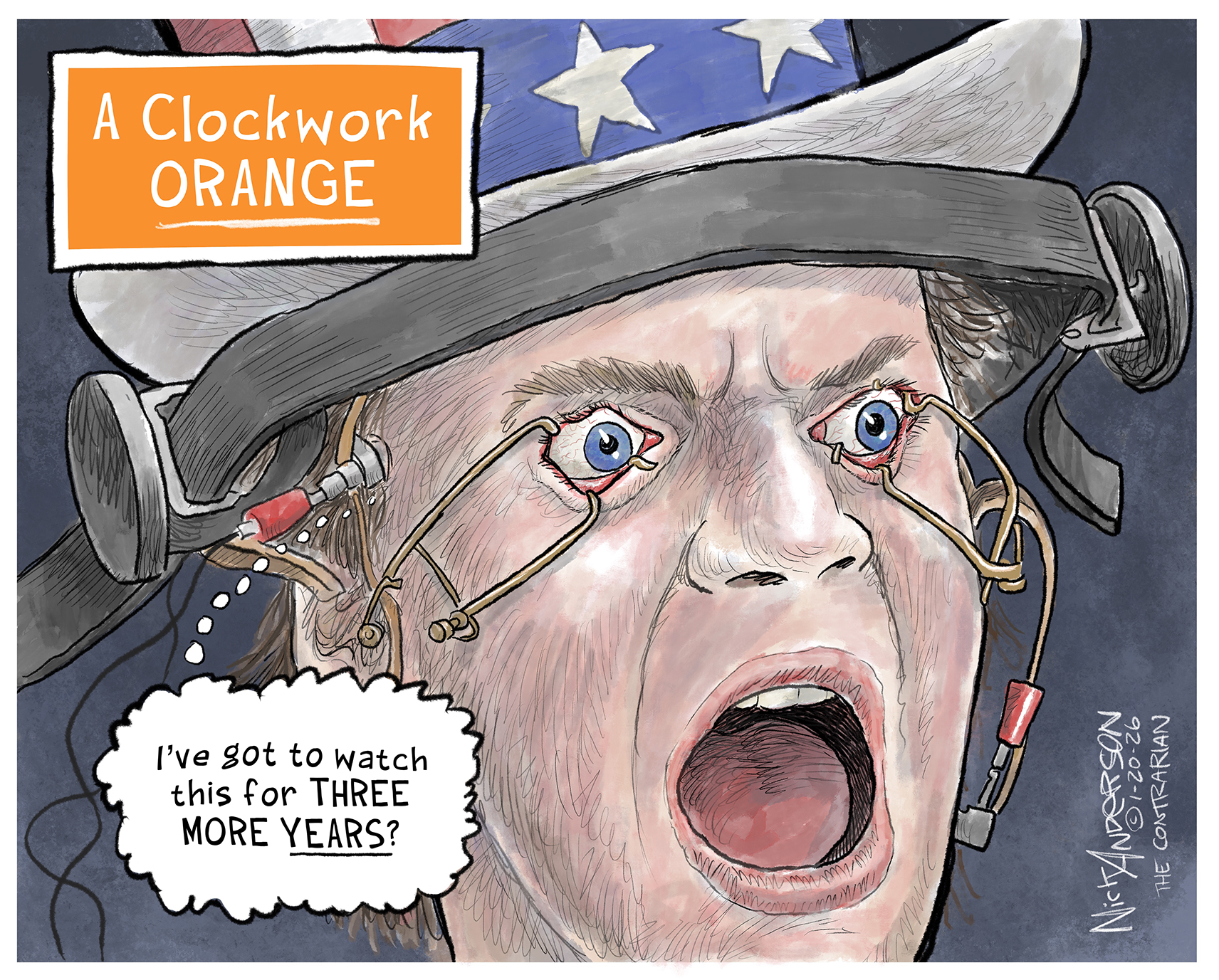 Political cartoons for January 21
Political cartoons for January 21Cartoons Wednesday's political cartoons include a terrifying spectacle, an absent Congress, and worst case investments
-
 DOGE shared Social Security data, DOJ says
DOGE shared Social Security data, DOJ saysSpeed Read The Justice Department issued what it called ‘corrections’ on the matter
-
 Halligan quits US attorney role amid court pressure
Halligan quits US attorney role amid court pressureSpeed Read Halligan’s position had already been considered vacant by at least one judge
-
 Trump HHS slashes advised child vaccinations
Trump HHS slashes advised child vaccinationsSpeed Read In a widely condemned move, the CDC will now recommend that children get vaccinated against 11 communicable diseases, not 17
-
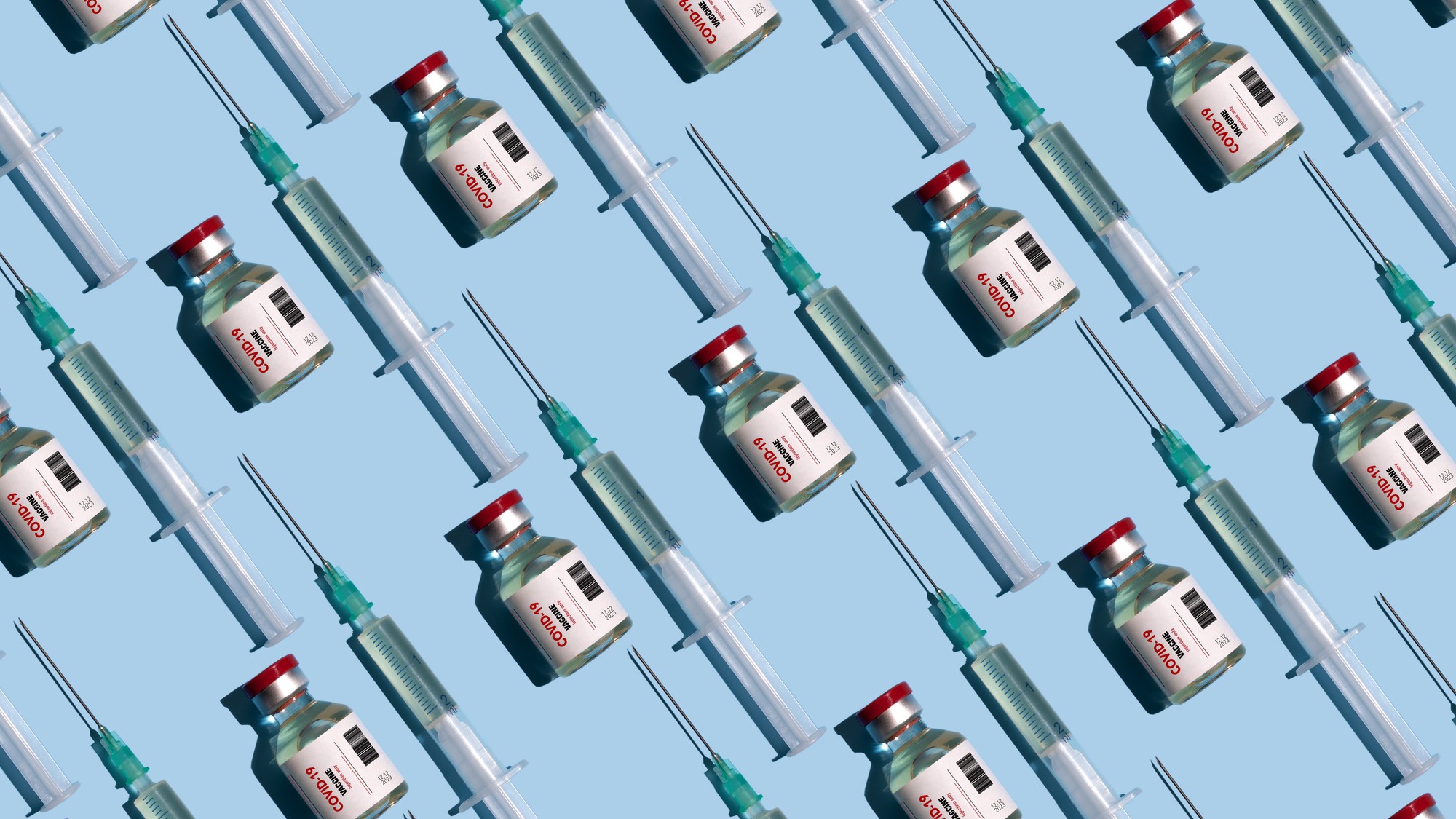 Covid-19 mRNA vaccines could help fight cancer
Covid-19 mRNA vaccines could help fight cancerUnder the radar They boost the immune system
-
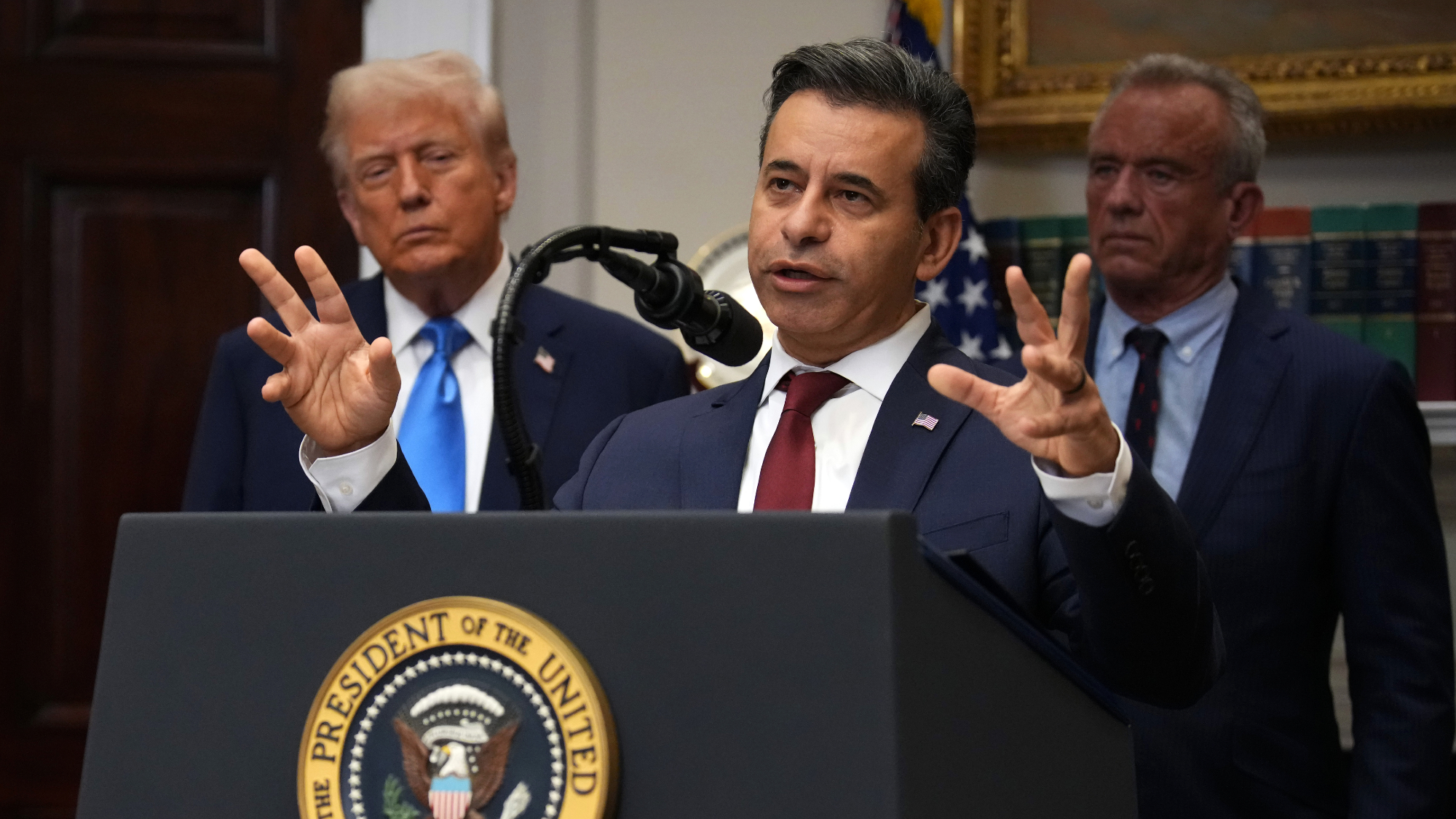 FDA OKs generic abortion pill, riling the right
FDA OKs generic abortion pill, riling the rightSpeed Read The drug in question is a generic version of mifepristone, used to carry out two-thirds of US abortions
-
 The new Stratus Covid strain – and why it’s on the rise
The new Stratus Covid strain – and why it’s on the riseThe Explainer ‘No evidence’ new variant is more dangerous or that vaccines won’t work against it, say UK health experts
-
 RFK Jr. vaccine panel advises restricting MMRV shot
RFK Jr. vaccine panel advises restricting MMRV shotSpeed Read The committee voted to restrict access to a childhood vaccine against chickenpox
-
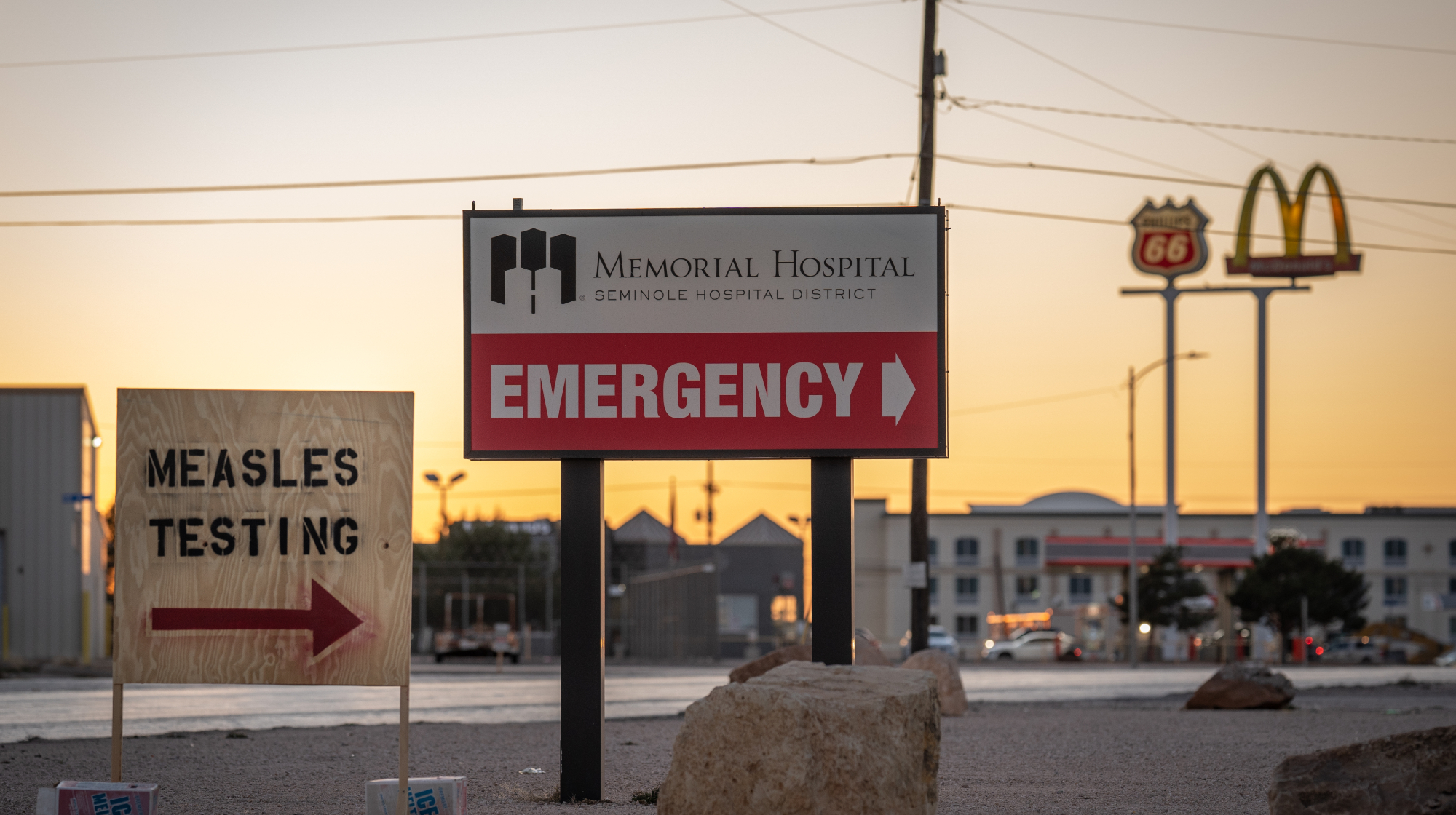 Texas declares end to measles outbreak
Texas declares end to measles outbreakSpeed Read The vaccine-preventable disease is still spreading in neighboring states, Mexico and Canada
-
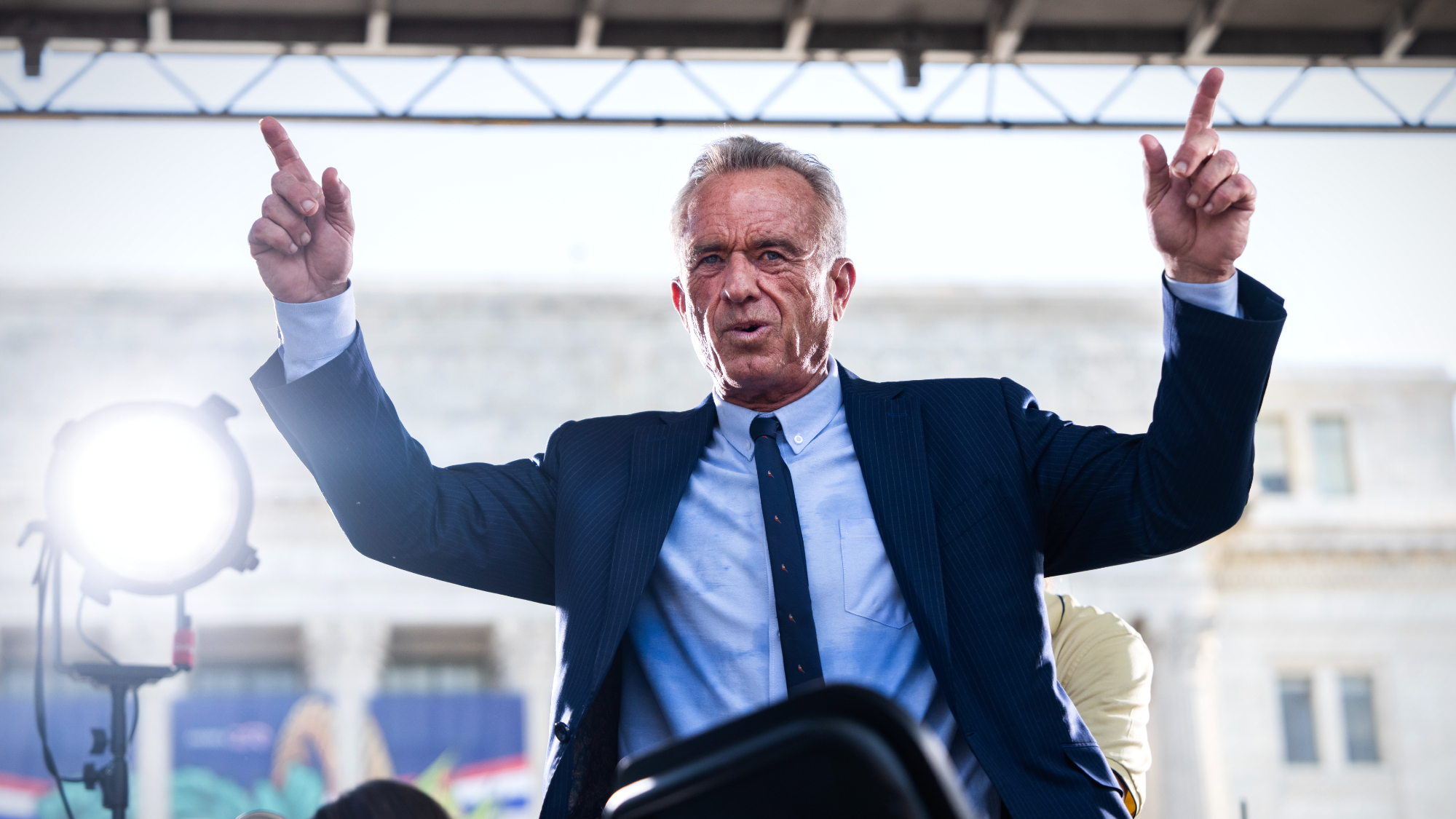 RFK Jr. shuts down mRNA vaccine funding at agency
RFK Jr. shuts down mRNA vaccine funding at agencySpeed Read The decision canceled or modified 22 projects, primarily for work on vaccines and therapeutics for respiratory viruses
-
 Measles cases surge to 33-year high
Measles cases surge to 33-year highSpeed Read The infection was declared eliminated from the US in 2000 but has seen a resurgence amid vaccine hesitancy
